GMO seeds in Russia, list of transgenic crops compiled by the UN
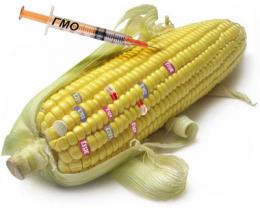
The most important and exciting achievement of modern genetics is the creation of new organisms in whose DNA the genes of other plants or animals are introduced. These organisms are called transgenic, in other words, genetically modified.
In this way, new varieties are produced that are almost impossible to obtain in other ways.
The article will tell you about GMOs, seeds produced in a similar way, how they differ from hybrids and regular seeds.
Content:
- What is GMO
- What is the difference between parthenocarpic, hybrid and GMO seeds?
- How to identify GMOs in products
- GMO seeds: myths and reality
What is GMO
The world's population has heard a lot about the dangers of transgenic products, but not many have thought about it seriously. Every buyer of food products faces the threat of purchasing dangerous products containing GMOs and consuming them.
Their effect on the body has not been thoroughly studied.
GMOs are designated “strong” or “/strong” - this is important to know. A genetically modified organism artificially created by genetic engineers - GMO. This definition can be applied to animals, plants, microorganisms. They deal with genotype changes in special laboratories.
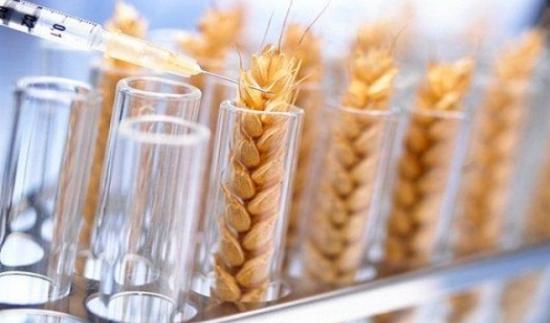
DNA fragments from other living organisms are present in GMOs. For example, you can take wheat, which contains parts of scorpion DNA in its genome.Thanks to this, the variety has acquired resistance to drought.
Tomatoes, in which there is a flounder gene have frost resistance. Strawberry genes are combined with bacterial genes - this helps to increase shelf life. It follows that the addition of DNA fragments helps to improve the quality indicators of the source material.
Scientists have conducted a number of experiments to prove that it is dangerous to eat GMO foods. Experimental rats were fed transgenic soybeans. They began to get sick, more than half of the rat pups they gave birth to died, and about forty percent of them were born with developmental disabilities. Reproductive function was lost.
To this day, world scientific luminaries argue about the dangers of GMOs for the human body or whether they still bring benefits by increasing yields and improving taste. There is no general consensus yet.
Opponents of transgenic products are confident that they contribute to the development of allergies, various non-benign formations, and toxic damage to the internal organs of a person: kidneys or liver.
What is the difference between parthenocarpic, hybrid and GMO seeds?
Today, in garden stores, seeds of various crops are presented in a huge assortment. It is not uncommon for such a variety to have difficulty making a choice. After all, on bags with seeds the inscription "parthenocarpic».
Parthenocaripy is the formation of fruits without seeds or virgin fertilization. The seeds in such fruits are empty. They lack embryos. Typically, such plants have only female flowers. They do not have male flowers - barren flowers.
The word “parthenocarpic” is often followed by “self-pollinating" - this is incorrect, or rather it should be written “does not require pollination."
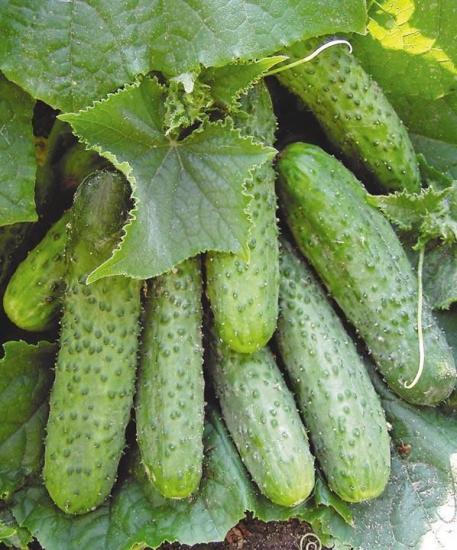
Unlike self-pollination, with partinocarpy, pollen does not take part in fertilization and fruit development. This is the main advantage of such crops, because the main reason for their use is the insufficient quantity insects, promoting the pollination process.
In addition, during cool and cloudy weather, their activity decreases. For this reason, flowers that are pollinated by bees do not set fruit well. For example, in cucumbers parthenocarpic type, greens grow identical in size and color, without bitterness, do not turn yellow, due to the fact that their seeds do not need to ripen, have a long shelf life and are resistant to damage during transportation.
Continuing the topic cucumbers, it must be said that the existing opinion that partinocarpic varieties need to be grown in greenhouses is completely erroneous. Modern breeders have developed hybrids of this species suitable for cultivation in greenhouses and in open ground. You can learn about this from the inscription on the bag of seeds. The developed hybrids have universal properties: they can be eaten fresh, pickled and salted.
Hybrids first generation F1. They are obtained by crossing two or more parental lines. A labor-intensive, long process that is always done manually.
To obtain hybrid seeds, the stamens are removed from the flowers of one of the lines during flower blooming, then they are manually pollinated with pollen from the flowers of the second parental line. The result of this work are plants that have increased vitality, productivity and a host of other useful qualities.
Such crossing is quite natural; it constantly occurs under normal conditions. It has long been noted that during cross-pollination between different varieties, the new generation will have viability and productivity.
From the above we can conclude that parthenocarpy, is a natural characteristic of the plant, hybridization is a natural process, and the seeds of these species have absolutely nothing to do with GMOs.
Due to the lack of sufficient information, some gardeners believe that hybrid and parthenocarpic seeds are the result of transgenic changes - this is not true!
With genetic modification, using genetic engineering technologies, the genome of a plant is changed artificially. During this, a DNA fragment taken from another organism is implanted into it. Such processes do not occur naturally in nature.
Sometimes plants mutate on their own, but at the same time changes occur in the DNA of the plant, without any outside intervention.
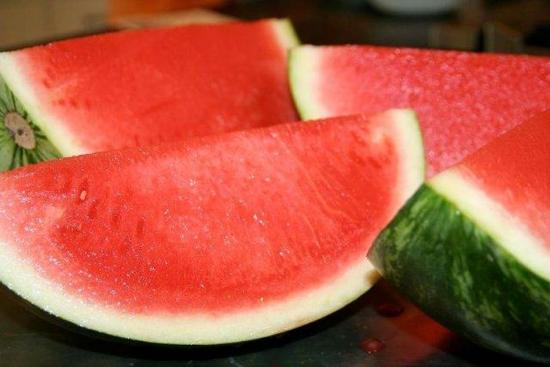
Obtaining genetically modified seeds is a completely artificial process. It is complex and expensive, for this reason it is used in seeds crops produced in huge volumes, calculated in thousands of tons, cost recovery. In this regard, the number of GMO varieties in the world is negligible.
All GMO products in America and Europe are subject to mandatory registration. The seed producer must indicate that the product he produces is a GMO product. If the requirements are not met and the forgery is detected, the originator will suffer huge losses due to penalties.
In Russia, GMO products are prohibited. During registration in the State Register hybrids, everyone is subjected to mandatory research, during which the presence of foreign genes is revealed.
How to identify GMOs in products
It should be noted that it is almost impossible to detect the presence of genetic changes in products without special research:
- they have neither taste nor smell
- vegetables or fruits with ideal shapes, without flaws - there is a possibility of containing genetic modification
- if aspartame, modified starch or vegetable proteins are found in the product, there is also a possibility of GMO content, but the manufacturer kept silent about this
- When purchasing baked goods, you must avoid those that contain additives that improve flour - these may be GMOs
- the presence of lecithin and vegetable fats in chocolate should raise suspicion; these substances are often GMO
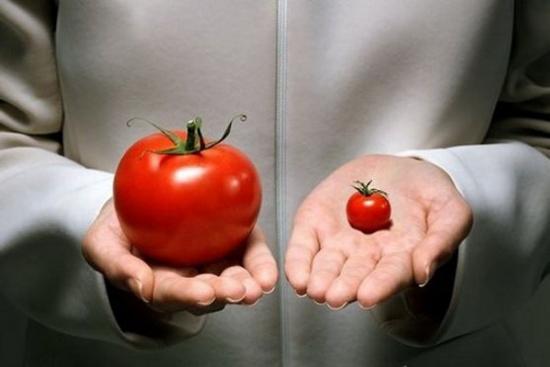
Only long-term studies can give an affirmative answer about the impact of transgenic products on the human body. Such studies have not yet been carried out because genetic modification is a fairly new invention.
It is too early to talk about the ability of GMOs to cause the development of serious diseases and mutations of the human genotype.
GMO seeds: myths and reality
Recently, advertisements have appeared about the sale of non-GMO vegetable seeds. Many gardeners, due to lack of awareness, are ready to buy such seeds at several times their actual cost.
It will be possible to talk about the benefits or harm of transgenic products after extensive research, but for now it’s up to you to decide what to plant in your garden beds. The most important thing is to understand whether an ordinary gardener has the opportunity to buy seeds GMO crops.
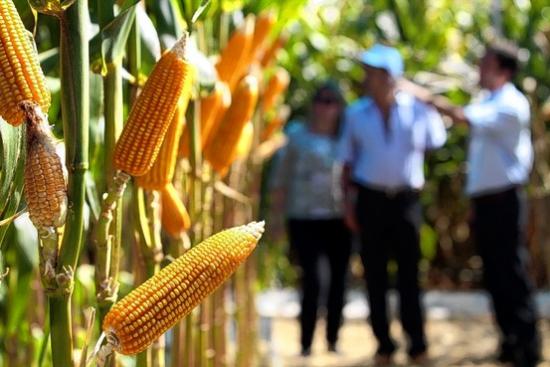
On the World Wide Web you can find lists of genetically modified vegetable seeds. The lists are compiled from the names of products of two companies involved in breeding - Synqenta and Moncanto.
In the history of the creation of transgenic vegetable seeds, they occupy far from the last place. But listing all the seeds produced by these companies as GMOs is stupid. As mentioned earlier, the process of creating transgenic seeds is very complex and expensive.
Seeds obtained this way will not be sold in stores. The United Nations maintains strict records of GMO crops.
Registered there:
- corn – 32 lines;
- rapeseed – 32 lines;
- potato – 24 lines;
- soybean – 11 lines;
- cotton – 9 lines;
- tomatoes – 8 lines;
- rice – 5 lines;
- sugar beets – 3 lines;
- wheat – 3 lines;
- melons – 2 lines;
- zucchini – 2 lines;
- chicory – 1 line;
- flax - 1st line - a rather meager assortment list for the gardener.
The prices for such seeds are quite high. For example, a thousand kilograms of modified corn costs more than 9 thousand US dollars, and a thousand kilograms of seeds of an excellent hybrid variety of corn in Russia costs about 30 thousand Russian rubles.
From this we can conclude that when GMO seeds appeared in stores, the cost of an ordinary bag of seeds would take a hit to the average buyer.
You can get more detailed information by watching the video:




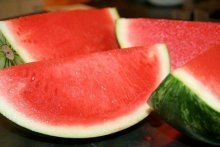
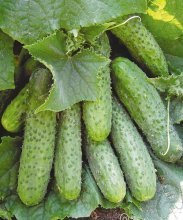






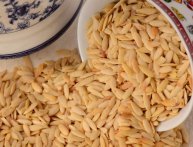

Comments
GMOs can be treated differently, since statistics have not yet been collected. Perhaps there is nothing wrong, but perhaps because of GMOs, we will face a surge in incurable diseases in the future. It’s better to avoid planting and buying GMO vegetables/fruits for now.
Probably, among the seeds of some crops that we buy for our plots, there are also genetically modified ones. But in comparison with the amount of GMO products we regularly buy in supermarkets, this is a very minor problem.